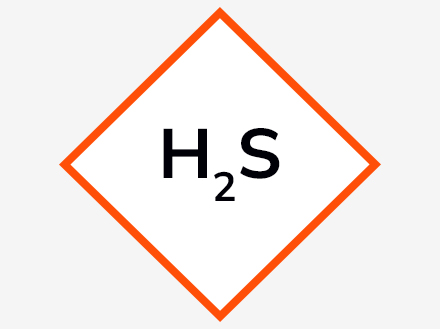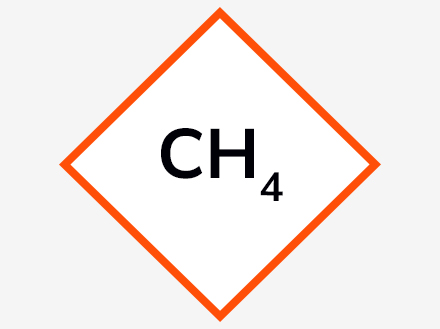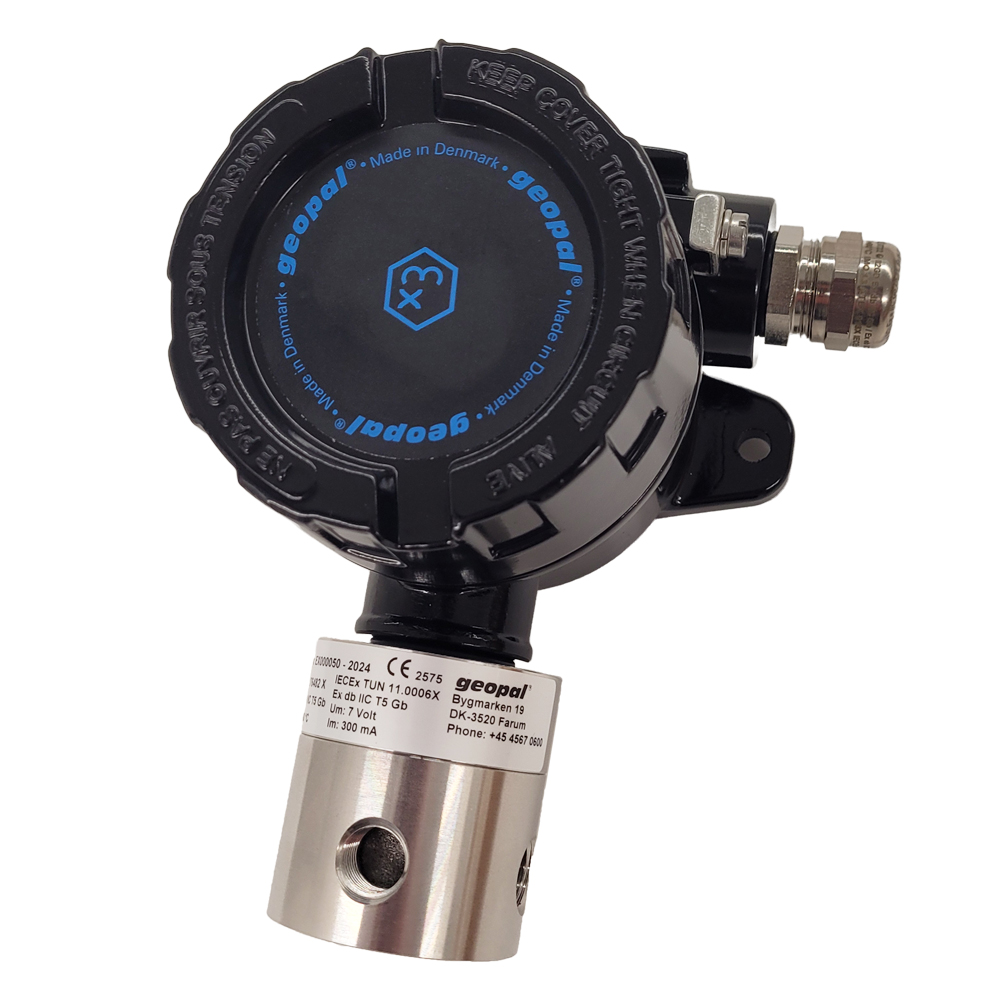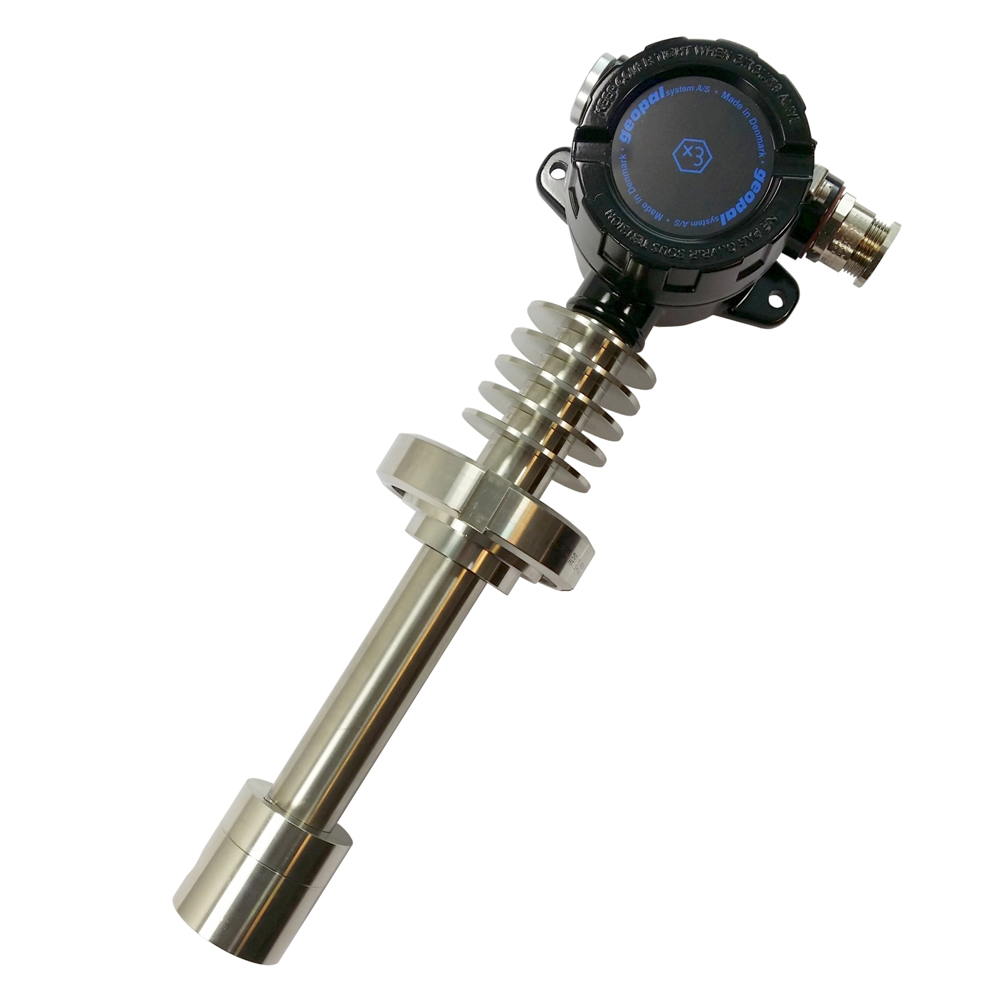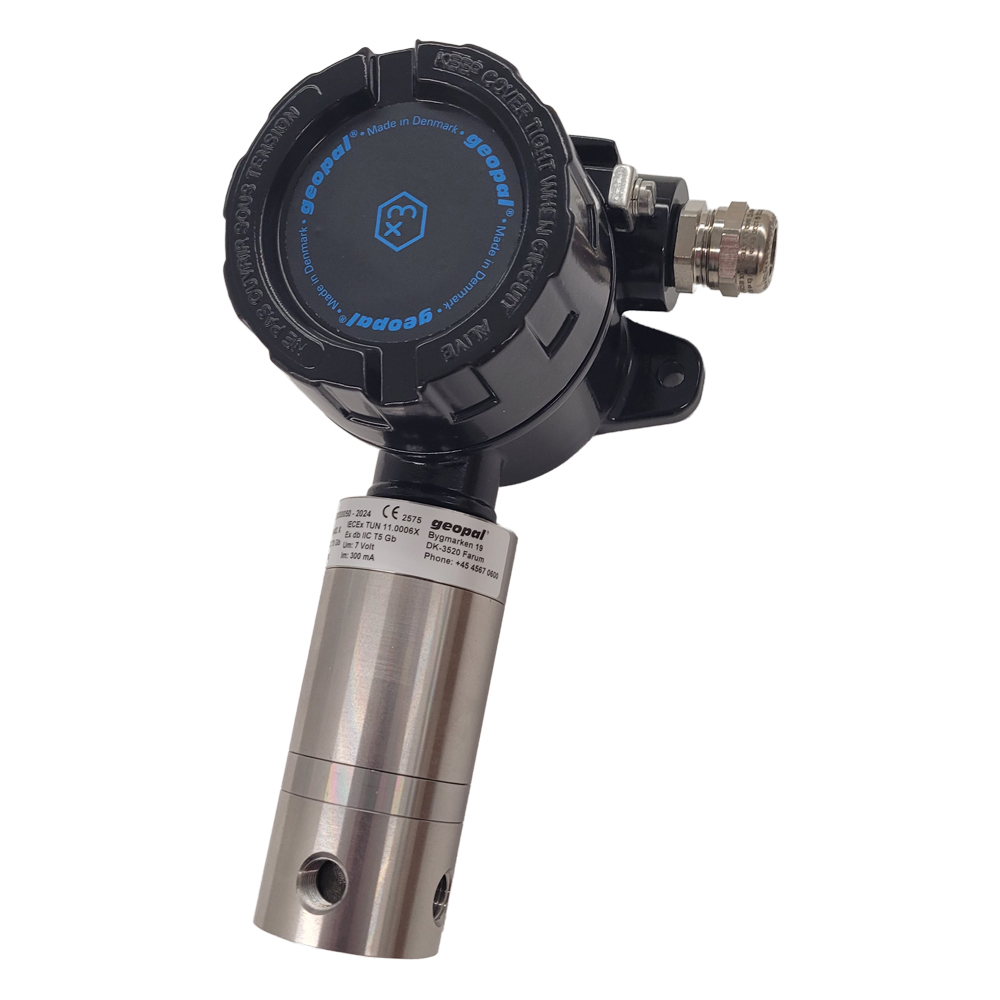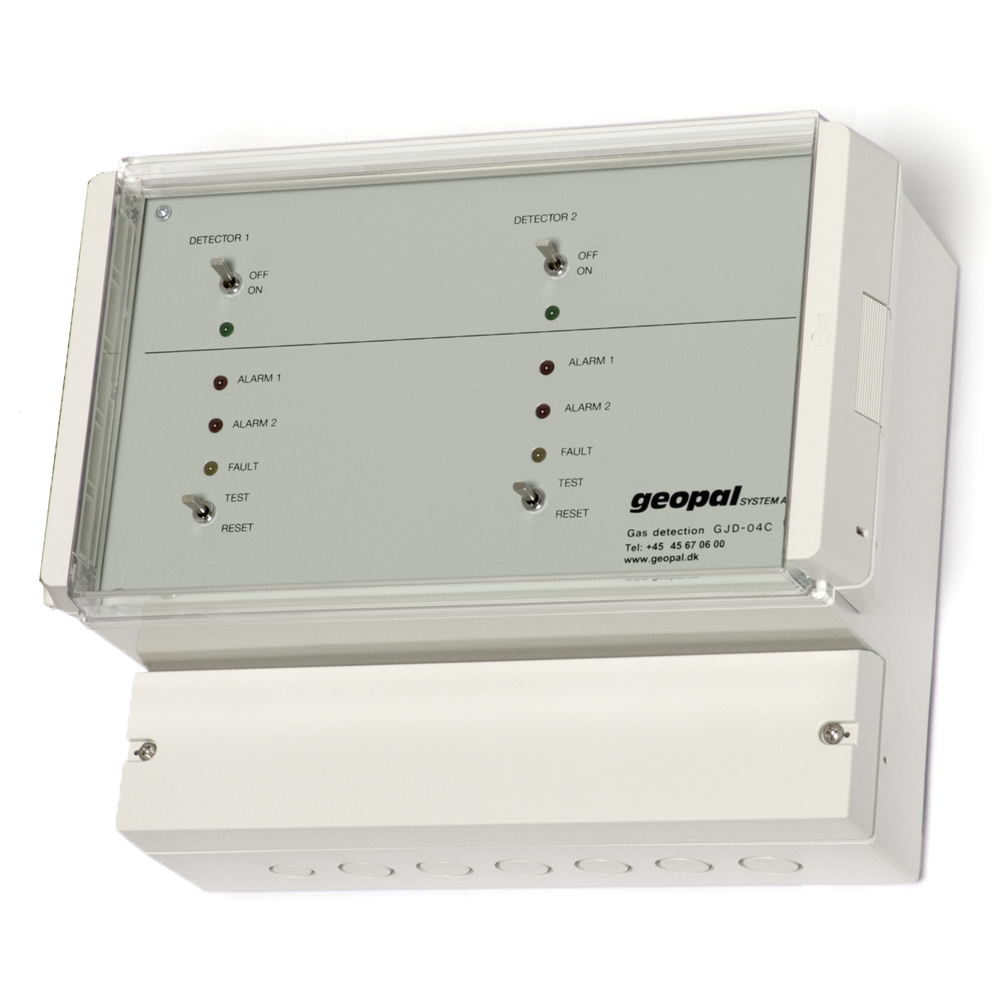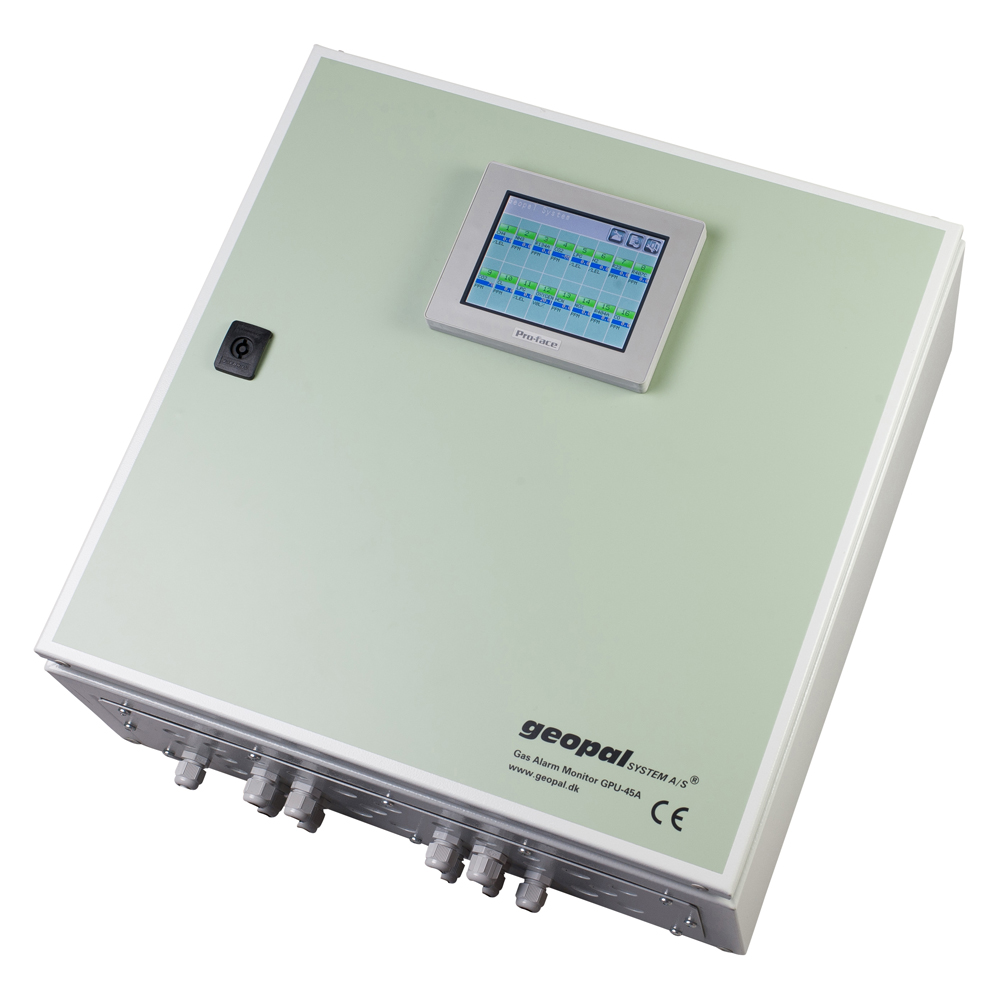Gas detection in biogas plants
With a biogas plant comes a wide range of potentially serious hazards for both people and the environment. This requires reliable gas detection systems capable of quickly and accurately identifying the various chemical reactions that can occur when handling gases such as methane and hydrogen sulfide within a single facility.
Hydrogen sulfide – The silent killer
Hydrogen sulfide (H₂S) is a toxic gas with a smell of rotten eggs at low concentrations. At higher concentrations, it poses an acute life-threatening danger while also impairing the sense of smell. A dangerous gas leak can only be detected if a proper gas detector is installed.
Hydrogen sulfide is primarily found in sewers, manure and septic tanks, fish holds, and wastewater and biogas plants. It forms when sulfur-containing proteins or sulfate-reducing bacteria decompose and is also present in crude oil, natural gas, and biogas.
ATEX risk assessment
In facilities where there is a risk of explosive atmospheres, an ATEX risk assessment must be conducted. This assessment determines where there is a potential for an explosive mixture of gases to form.
During the ATEX risk assessment, all possible chemical scenarios are evaluated, including those in and around fermentation tanks, gas treatment plants, during sludge drying processes, and at wastewater treatment plants where there is a need to detect potential oil and gasoline spills in the sewer systems.
Want to learn more about how Geopal can assist your company in ensuring the safety of biogas plants? Contact us here.




